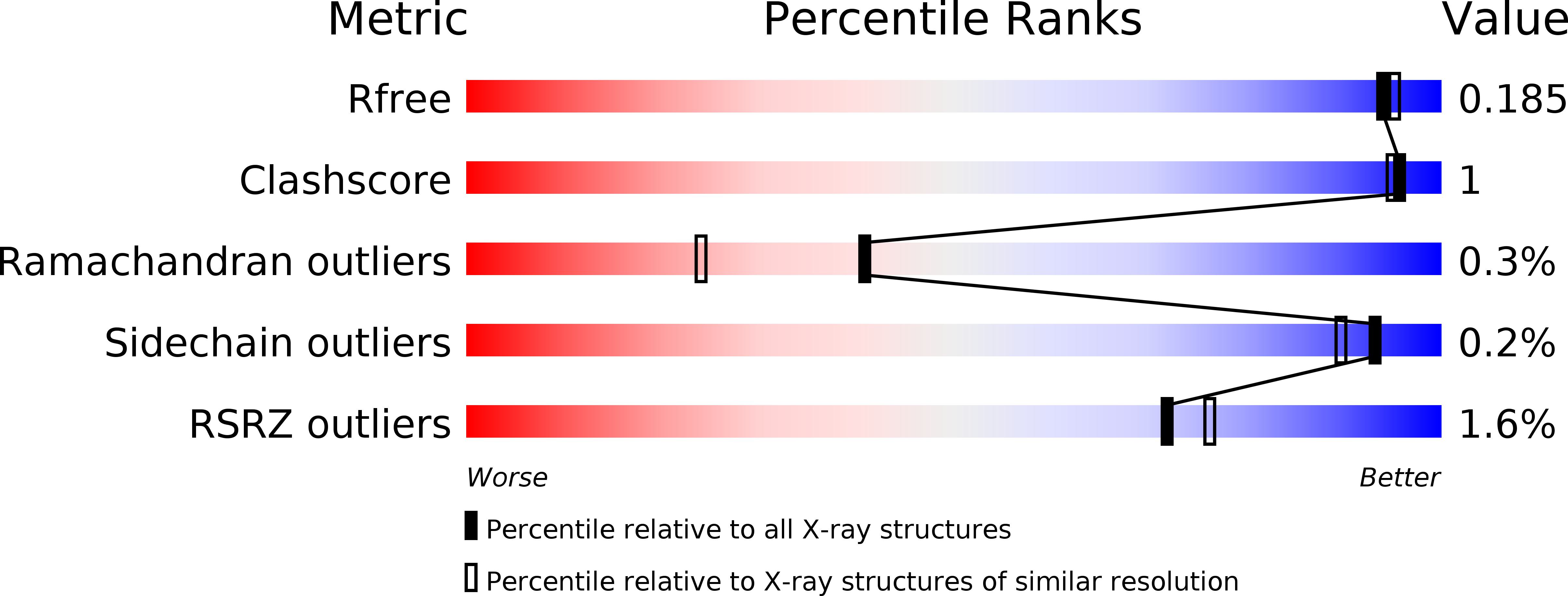
Deposition Date
2016-01-24
Release Date
2016-10-19
Last Version Date
2023-11-08
Entry Detail
PDB ID:
5HRU
Keywords:
Title:
Crystal structure of Plasmodium vivax LDH in complex with a DNA aptamer called pL1
Biological Source:
Source Organism:
Plasmodium vivax (Taxon ID: 5855)
Phylica emirnensis (Taxon ID: 178505)
Phylica emirnensis (Taxon ID: 178505)
Host Organism:
Method Details:
Experimental Method:
Resolution:
1.71 Å
R-Value Free:
0.18
R-Value Work:
0.15
Space Group:
P 41 21 2


